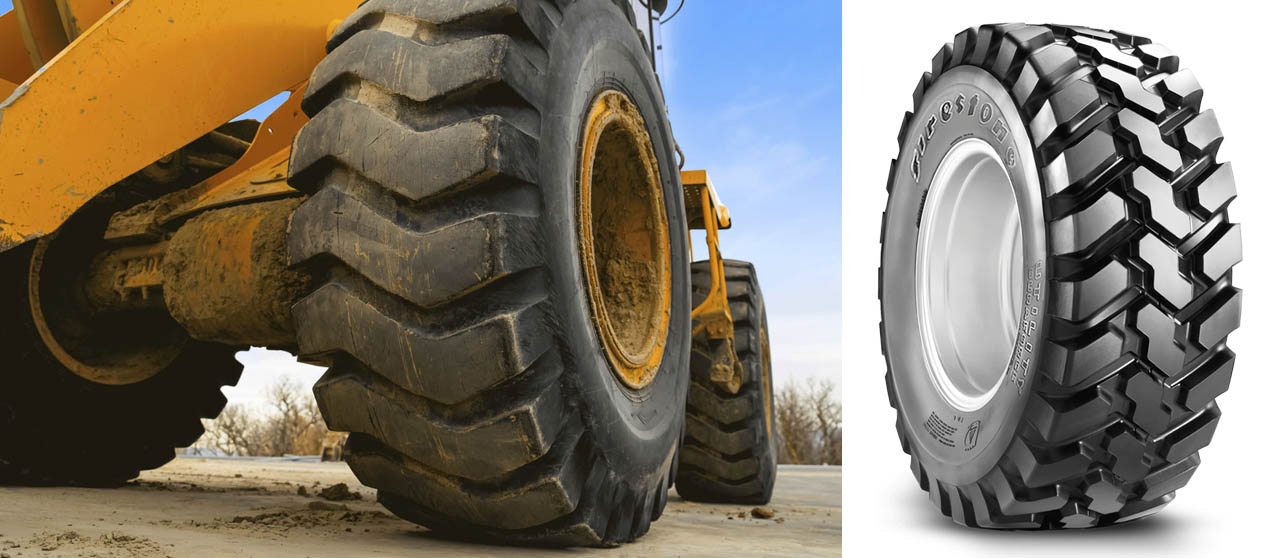EQUIPMENT TIRES

TIPS & INFO:
FEATURED TIRE SUPPLIERS:
Construction Equipment Tires & Types:
Tires are one of the most essential parts of every piece of equipment. The difference between good and bad tires could be the difference between finishing a job on time or missing a few days of work. Tires give construction equipment the ability to maneuver and traverse across all types of terrain.
Not all jobsites are the same. Some are all dirt, some have paved areas, hills, grass, etc. The type of surface you will be working on will determine which tires will work best for you.
Are you working in a warehouse with concrete floors? You will be better off with the non-marking tires. Will you be navigating between dirt and mud on uneven surfaces? You should check out the RT Foam filled tires. All the tire types and best applications are listed below to give you a outline on which tires will best serve your equipment!
Shop Tires
Have a question? Contact us at:
info@buyfleetnow.com
–or–
833-476-6835 (Mon–Fri 8am–5pm EST)



